James Tung
Wearable Vision Detection of Environmental Fall Risks using Convolutional Neural Networks
Nov 02, 2016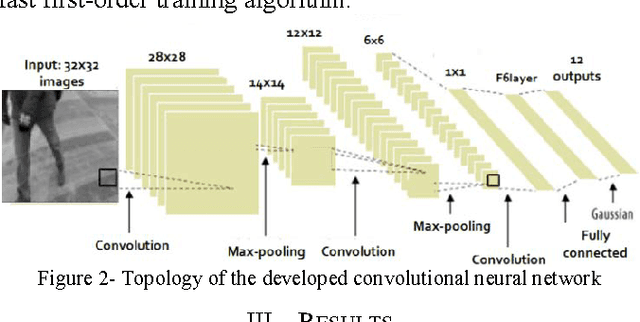
Abstract:In this paper, a method to detect environmental hazards related to a fall risk using a mobile vision system is proposed. First-person perspective videos are proposed to provide objective evidence on cause and circumstances of perturbed balance during activities of daily living, targeted to seniors. A classification problem was defined with 12 total classes of potential fall risks, including slope changes (e.g., stairs, curbs, ramps) and surfaces (e.g., gravel, grass, concrete). Data was collected using a chest-mounted GoPro camera. We developed a convolutional neural network for automatic feature extraction, reduction, and classification of frames. Initial results, with a mean square error of 8%, are promising.
Radon-Gabor Barcodes for Medical Image Retrieval
Sep 16, 2016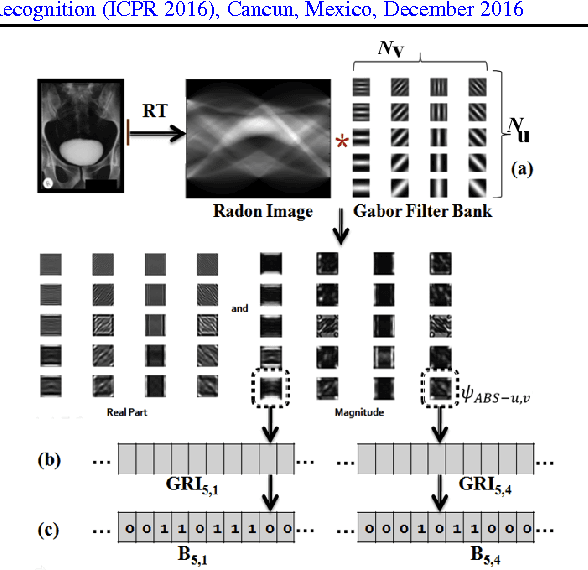
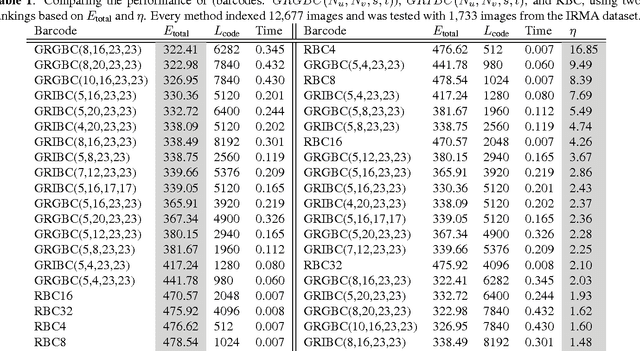
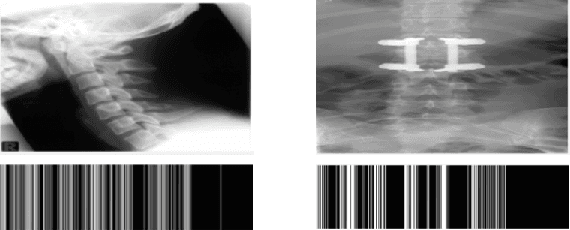
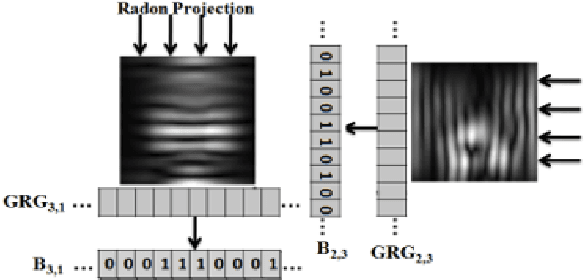
Abstract:In recent years, with the explosion of digital images on the Web, content-based retrieval has emerged as a significant research area. Shapes, textures, edges and segments may play a key role in describing the content of an image. Radon and Gabor transforms are both powerful techniques that have been widely studied to extract shape-texture-based information. The combined Radon-Gabor features may be more robust against scale/rotation variations, presence of noise, and illumination changes. The objective of this paper is to harness the potentials of both Gabor and Radon transforms in order to introduce expressive binary features, called barcodes, for image annotation/tagging tasks. We propose two different techniques: Gabor-of-Radon-Image Barcodes (GRIBCs), and Guided-Radon-of-Gabor Barcodes (GRGBCs). For validation, we employ the IRMA x-ray dataset with 193 classes, containing 12,677 training images and 1,733 test images. A total error score as low as 322 and 330 were achieved for GRGBCs and GRIBCs, respectively. This corresponds to $\approx 81\%$ retrieval accuracy for the first hit.
Comparative Analysis of Probabilistic Models for Activity Recognition with an Instrumented Walker
Mar 15, 2012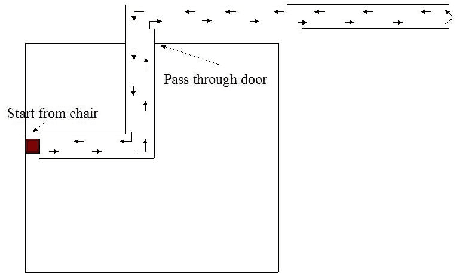
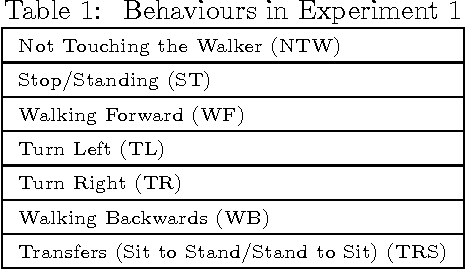
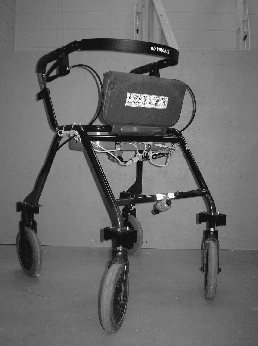
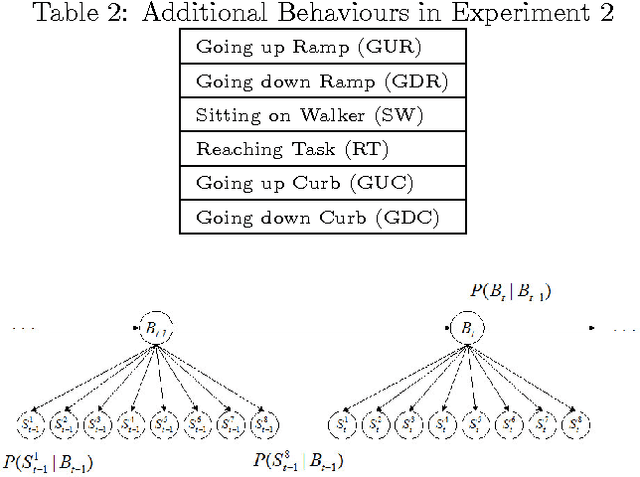
Abstract:Rollating walkers are popular mobility aids used by older adults to improve balance control. There is a need to automatically recognize the activities performed by walker users to better understand activity patterns, mobility issues and the context in which falls are more likely to happen. We design and compare several techniques to recognize walker related activities. A comprehensive evaluation with control subjects and walker users from a retirement community is presented.
 Add to Chrome
Add to Chrome Add to Firefox
Add to Firefox Add to Edge
Add to Edge